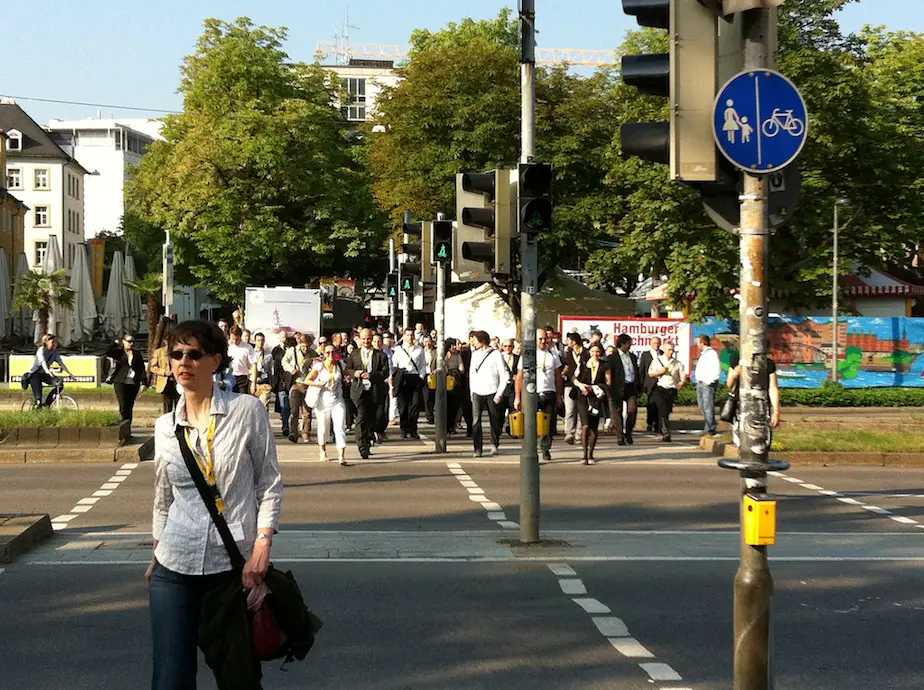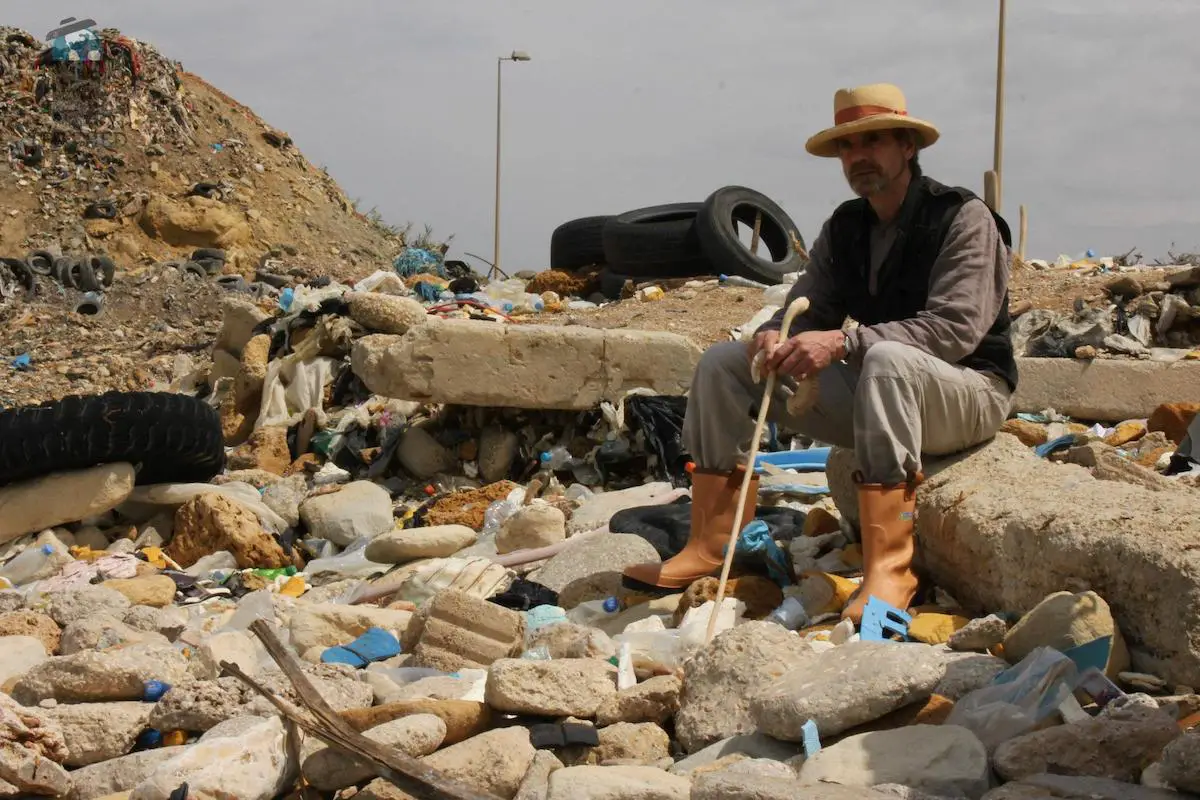A second city lies beneath the streets of Montreal: a bustling complex of shops and restaurants. The bedrock of Helsinki was dug for industrial purposes: storage of petroleum, water treatment, and a data collection center. Throughout the world, in Tokyo, Paris, Amsterdam and beyond, cities are expanding into their underground layers with new subway lines. The subterranean city is a familiar concept, but for cities looking to dig a little deeper for whatever reason, how can they go about assessing the potential?

Assessment of a city’s subterranean potential or practicality is so difficult that many cities give up before even starting projects. However, creators of the Deep City Method (DCM) tool hope that will no longer be the case. Developed by the Ecole Polytechnique Fédérale de Lausanne (EPFL, or the Swiss Federal Institute of Technology in Lausanne), DCM was recently applied to four Swiss cities and the four largest emerging cities in China.
“Many cities do not recognize the potential of the land on which they are built,” says Dr Li Huan-Qing, who has just finished her PhD in Environmental Economics and Management at the EPFL. DCM aims to demonstrate how cities can intelligently use their subsoil, helping them grow and enjoy long-term benefits. “Our goal was to provide planners with a set of guidelines to help them exploit subsoil resources in the most efficient manner. The issue is partly related to the various aspects of engineering and in part to the economic aspects. We wanted to integrate both disciplines to develop our approach.”
Space is probably the most obvious underground resource, but it comes at a price. Building down can cost up to five times as much as a conventional building above ground. However, with many cities experiencing significant growth without the space to do so, this investment can be very useful: connecting projects and then coordinating them with each other through the creation of an underground city.

Geothermal energy is one of the many resources that can be tapped into in the subterranean city. Made more accessible by excavations, it can be used for heating residential and industrial applications. Geo-materials are another resource. The accumulated debris from excavations can be used to stabilize roads or produce cement. You then have greater access to groundwater and, with careful preservation of the same, this may help in developing sustainable cities.
Managing the multitude of resources that can be present on a single piece of land can be a significant challenge. Most modern cities have detailed plans for the use and value of their land but few have similar plans for their subsoil. DCM builds on the experience of cities across the globe, establishing potential demand for underground development alongside the practicality of exploiting it, also helping cities develop their legal systems in an area that is often unregulated.

Switzerland, a country of tunnels and underground fortresses, has a long history of exploitation of the subsoil. Zurich, Lausanne, Bern and Geneva were therefore analyzed for their potential to expand in depth during the development of DCM. With high population density and GDP per capita, along with high quality underground resources, Geneva is already moving towards a greater use of its urban underground with a new subway line under construction and an underground extension of its main railway station.
In her thesis, Huan-Qing focused on the growth of the Chinese city of Suzhou, which plans to have 5 million inhabitants by 2015 and has conducted an extensive study of its potential to expand into the ‘basement’. For Huan-Qing, this project was a great success. “We were able to establish links with the government and work together towards the formulation of a 3D map of the land value , which combines the potential of the land with environmental constraints and other factors.”
So, in the future will we all live underground? Probably not, but the construction of some infrastructure projects underground frees up space on the outer surface which, in many cities, is a very limited resource. As Huan-Qing says: “The task is to show cities how their underground space can be used in a multi-functional manner, creating demand for the future.”
Images: Infoscience


